Looking for an investment property? Homecorp offers house and land packages in estates across Australia.
When it comes to building the term “Practical Completion” is like the holy grail. This is a day new homeowners look forward to as it is the day when ‘practically’ all the work on your new home has been completed.
Although is sounds like everything is complete, it is not the day you will get to take possession of your new home. Industry terms, like practical completion, can sound like a full stop to the home building journey but there are actually several steps beyond this.
Here is a quick guide to the final stages of your house build and handover.

Between practical completion and handover there is often an inspection by an independent person or company who will look over the entire house and compile a list of defects against Australian standards of finished work.
These defects are then fixed prior to you moving in to help ensure your home is at the highest quality.
There is also likely to be some other formalities, like the final valuation of your home, and of course the final payment. It is generally a two week period from practical completion (PC) to handover.

Handover can take anywhere between 1-3 hours. This is where one of our team will take you around your home and explain everything to you.
Final cleans are done the day of or day before handover so everything is fresh for when you move in.
Just like at the PC stage you will go around your home with your site super. They will point out all the key functions of the house, like how to open and lock the doors and where the garage remote is stored.
After handover is when we step into what we call the defects period. This goes for 6 months, the standard HIA period is 3 months. We doubled it to give you and the home extra time to settle in!
During this period, we rely on the help of the new homeowners to help us note any defects such as leaks that may occur. We will also check in from time to time over the first few weeks and months.
At about the halfway period in the year, we will have a look over the defects that have been recorded and start preparing to go through them.

Everyone also gets a digital handover guide. This book has all kinds of tips and tricks to help you get the most from your new home – like drying out the house, making it green, energy use, window protection, insulation, lighting, and air conditioning.
This guide also includes information about security, electrics, ceilings, bathroom fittings, paintwork care, roofing and your warranty.
Your home comes with a 12-month* maintenance period. Your warranty means that we’ll cover any structural problems that occur with your house. Small maintenance issues are really common and nothing to worry about.

Moving can be a stressful time. Here are some helpful reminders to help make the process as low-stress as possible.
First, make sure all the important stuff is safe – things like prescriptions, driver’s license, marriage, birth certificates, and passports.
Secondly, book in the disconnection of the utilities at your old address and the connection of the amenities, internet, and pay-tv at your new address.
Also notify any relevant businesses (incl. Aus Post) of your change of address.

Whether you already know where each picture is going to go, or you’re just beginning your nesting journey, there’s no rush, pace yourself!
There are a number of milestones in every build and Homecorp’s Customer Experience team are here to help you navigate them with ease. If you have any queries about key stages, compliance and certification, just reach out to our team and they’ll guide you through the process.
The Sunshine Coast is an exceptional part of Australia. The work life balance is unparalleled with access to a multitude of stunning beaches, plus all the boating and fishing that comes with it.
Situated 160km north of Brisbane Airport, Gympie sits on the Mary River. It is just a 40-minute drive to Tin Can Bay and is just 30 minutes to Noosa. On the doorstep of the Great Barrier Reef and Fraser Island, the region is also home to national parks, state forests, and the subtropical climate is perfect for enjoying the Great Outdoors.
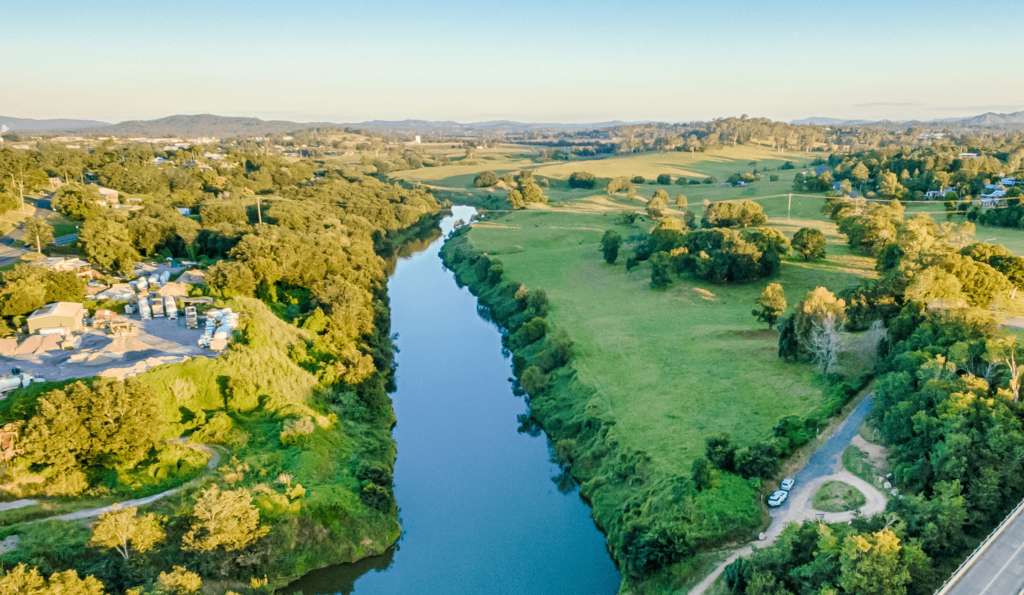
It is now widely accepted that Gympie, officially named in 1868, is a local Aboriginal word – “gimpi gimpi” – for a stinging tree. There was a time prior to 1868 when the town was known as Nashville after James Nash who discovered gold and “saved Queensland”.Gy
Today Gympie is a town of just over 20,000; the wider region is home to 50,000. That’s big enough to have amazing running, cycling and horse riding trials and small enough that you are around ten minutes from almost everything you need.
It is a charming spot famous for its goldfields and a quiet, safe, peaceful place to live. Gympie offers an enviable lifestyle with a great work life balance; it’s an idylic place to raise a family or retire to.
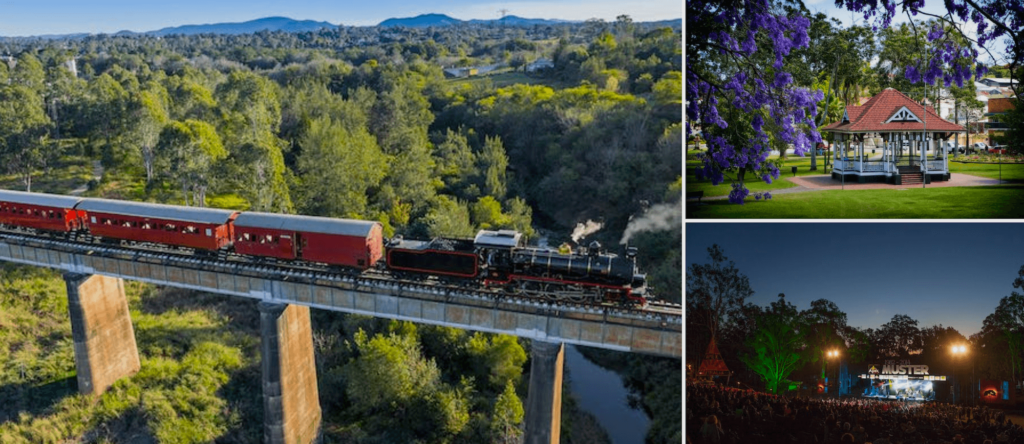
There are numerous schools both public and private, as well as a campus of the Wide Bay Institute of TAFE. The University of the Sunshine Coast also has a Gympie campus. There is a small local airport just south of Gympie, and there are local rail services on your doorstep. The Bruce Highway provides road connection to other major Queensland centres.
▪Valley Rattler Steam Train
▪ Gympie Gold Mining and Historical Museum
▪ Mary Valley
▪ Mothar Mountain Speedway
▪ Beaches (like Rainbow Beach)
▪ Tin Can Bay and dolphins
▪ Fraser Island
▪ Heart of Gold International Short Film Festival
▪ Woondum National Park
▪ Gympie Music Muster
▪ MX Farm Queensland (Motorcross Park)
The Queensland property market has seen remarkable growth. Homecorp has chosen Gympie as a development location and is releasing The Outlook Stage 5 house and land packages.
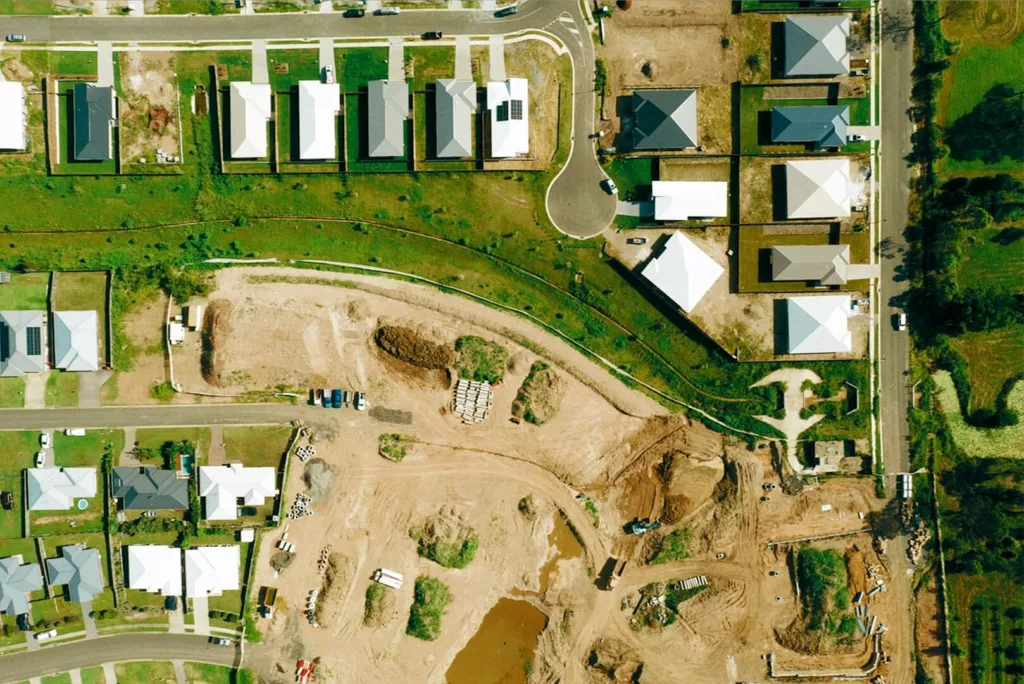
If Gympie sounds like the place you’d like to call home, take a look at The Outlook or reach out to the team at Homecorp today.
Known as the Beef Capital of Australia, Rockhampton is a booming regional town, the fourth largest in Queensland. Since beef is one of the area’s primary industries, it is no surprise some of the best steak houses and restaurants in regional Queensland are right here.
Rockhampton is so proud of their reputation as the Beef Capital of Australia that there are six iconic bull statues throughout the city.
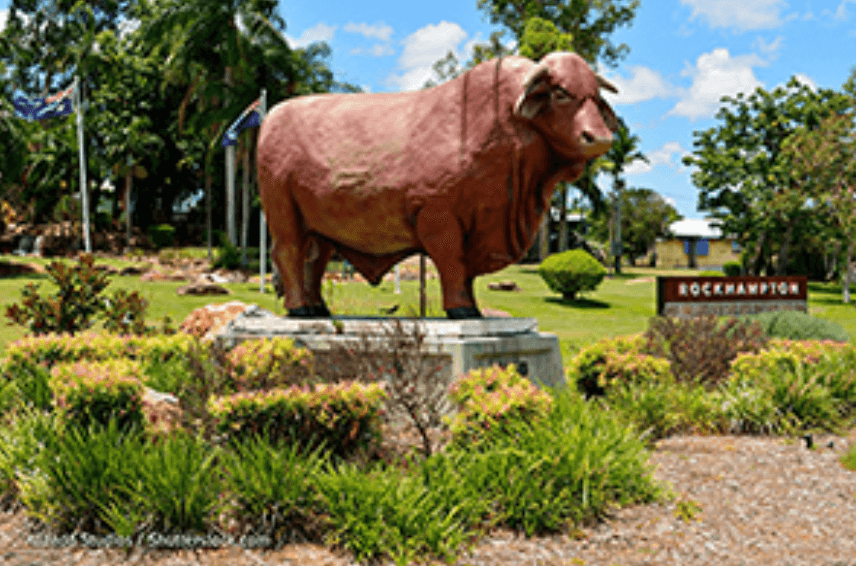
Interstate investors and owner occupiers are flocking to north Queensland’s regional property market in droves, hoping to cash in on affordable housing in limited supply and offering very high rental yields.
It’s a story on repeat from Cairns to Rockhampton, where local agents talk of an unexpected boom.
Located an hour and 20 minutes by plane from Brisbane, Rockhampton is attracting high investor attention, predominantly New South Wales and Victoria.
Mat O’Brien, Sales and Marketing Consultant, Ray White Rockhampton:
“I’ve also run into quite a few people from Tasmania, and they’re not just enquiring, they’re actually coming through open homes so they’re here, on the ground, and I know of a few people who had just flown up for the weekend to see properties too,” Mr O’Brien said
CoreLogic’s August Regional Market Report, shows Rockhampton’s median house price is $377,673, which is a 6.6 per cent increase in the past 12 months.
That makes for some great reasons to invest in house and land in the area but there is more to love.

Rockhampton has a subtropical climate. It is generally too far south to have regular northwest monsoonal influence and too far north to receive cold fronts sweeping in from the south!

While Rockhampton is blessed with plenty of clean country air, it is also just 30 minutes from 23 glorious kilometres of sandy beach between Yeppoon and Emu Park.
Smack bang in what can only be called “the Bible Belt of Rugby League”, there’s plenty on offer for sports lovers. The city is also home to AFL, basketball, soccer, mountain biking and even roller derby.
Rocky is rocks with concerts, events and festivals every year. Some big ticket items include the Rockhampton Show, Beef Australia Expo, Rockhampton Cultural Festival and the Capricorn Food and Wine Festival.

The Southern Great Barrier Reef is just a stone’s throw away but you can also head inland for a true taste of what living in Central Queensland is all about – national parks, the Capricorn Caves, and numerous state forests.
Homecorp first started developing in Rockhampton in the early 2000’s. The potential was clear to see and that is still the case more than 15 years on. If Rocky sounds like the kind of place you’d like to call home, take a look at The Gardens or reach out to the team at Homecorp today.
The Gold Coast property market across all sectors continues to remain one of Australia’s most resilient, bolstered by high numbers of migration and significant new infrastructure and investment projects.
Famed for its natural amenities and idyllic lifestyle, this iconic coastal destination is one of the fastest growing economies in the country with interstate migration fuelling population growth and that in turn super powering demand for property.

Like many parts of Australia, demand on the Gold Coast continues to be strong, driven by high levels of immigration that has been at record levels.
Many were forecasting a drop or at least an easing in the number of people choosing to call the Gold Coast home but the influx of new Australians remains high.
Population growth for the Gold Coast is known for overseas immigration but strong interstate migration is super powering the property market.
As such, property prices are expected to continue increasing throughout 2024.
Prices had been forecast to drop in 2023 but figures showed they increase of 8.1 per cent.
The area is well-known for roller coasters and although the property market also sees peaks and troughs, over the 35 years to 2021 PRD research shows the Gold Coast median house price grew 1,077 per cent and unit prices rose 643 per cent.

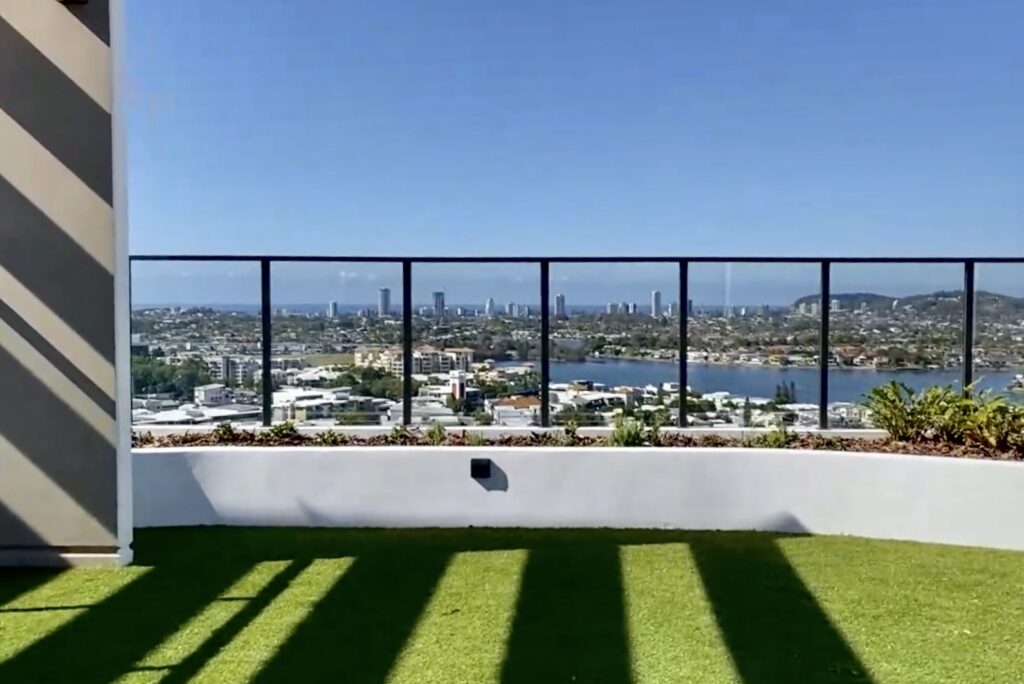
The Covid 19 pandemic greatly impacted the building and construction sector. Unsurprisingly, FY23 saw a sharp fall in apartment launches, around a -48 per cent drop from the launch numbers from FY22, however it was still the highest number of apartments launched since FY19.

New apartment sales on the booming Gold Coast. The surge came as a swath of cashed-up local and interstate buyers pounced on the larger luxury residences that have become the post-COVID-19 staple of the coastal city market.
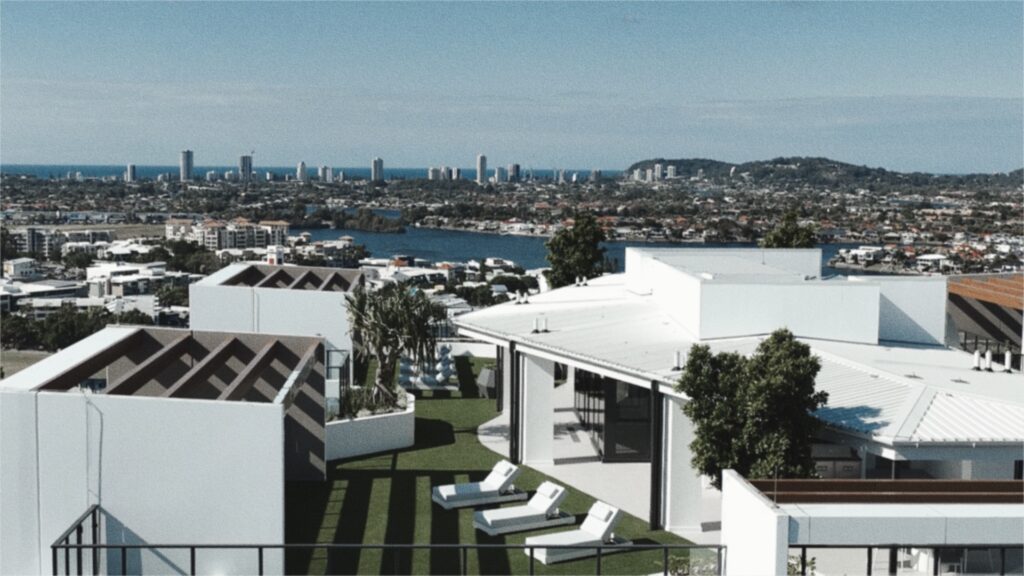
Over the September quarter, the biggest-selling Gold Coast project – according to Urbis – was Drew Group’s Lagoon project at Main Beach, which is being built by Hutchinson Builders and racked up 124 sales across two towers.
The first stage of Cienna, a multi-tower project in Varsity Lakes being undertaken by Ron Bakir’s Homecorp, secured 85 sales. Meanwhile, 26 Vista, a high-rise tower at Surfers Paradise being developed by Malaysian-listed MRCB Malaysia, sold 80 apartments over the quarter.

Urbis director Paul Riga said a significant new trend was the conversion of a number of build-to-rent projects to build-to-sell as developers look to capture sales in a constrained supply environment.
“What the data tells us quite simply is that the demand for apartments has remained strong,” Mr Riga said.
“This is great for the property market, underpins property prices, but creates further problems with supply – meaning if new projects don’t get under way, the supply will continue to diminish.”
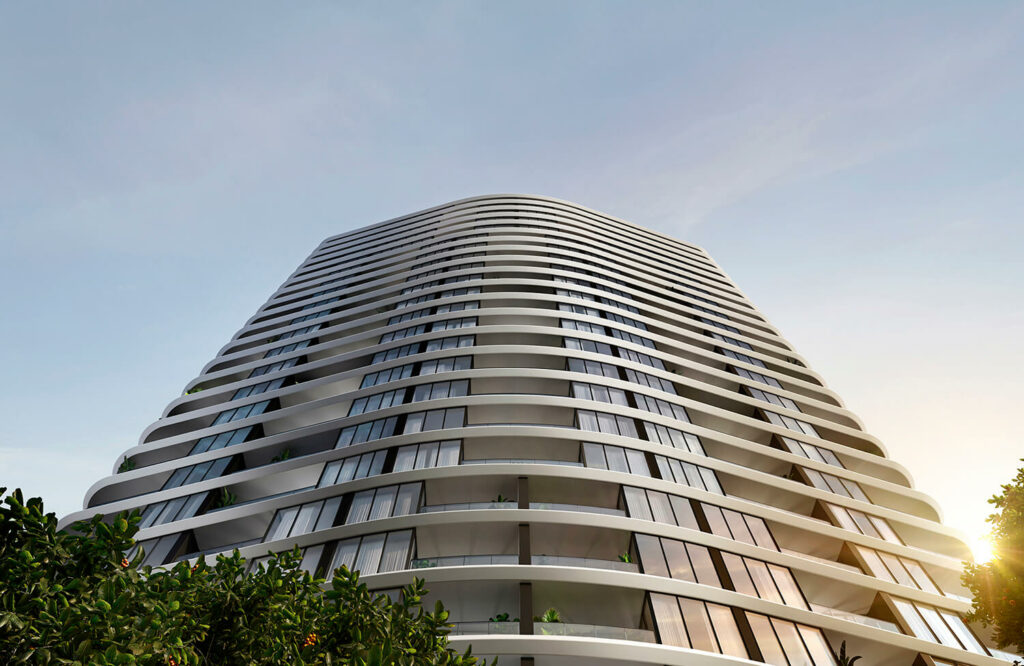
Homecorp is about to release the next stage of Cienna Varsity Ridge in 2024 and will also complete Eve Residences, a luxury apartment development on Marine Parade with unobstructed Broadwater views.
To discover more about what Homecorp are developing, reach out to the team today.
Before selecting areas for house and land estates, Homecorp does a lot of digging. By this we mean hundreds of hours of ground work, in terms of research into the potential for growth in an area, has been done before buyers get to see an estate.
Homecorp considers a range of factors when developing house and land estates, like the infrastructure spend outlook for 2025
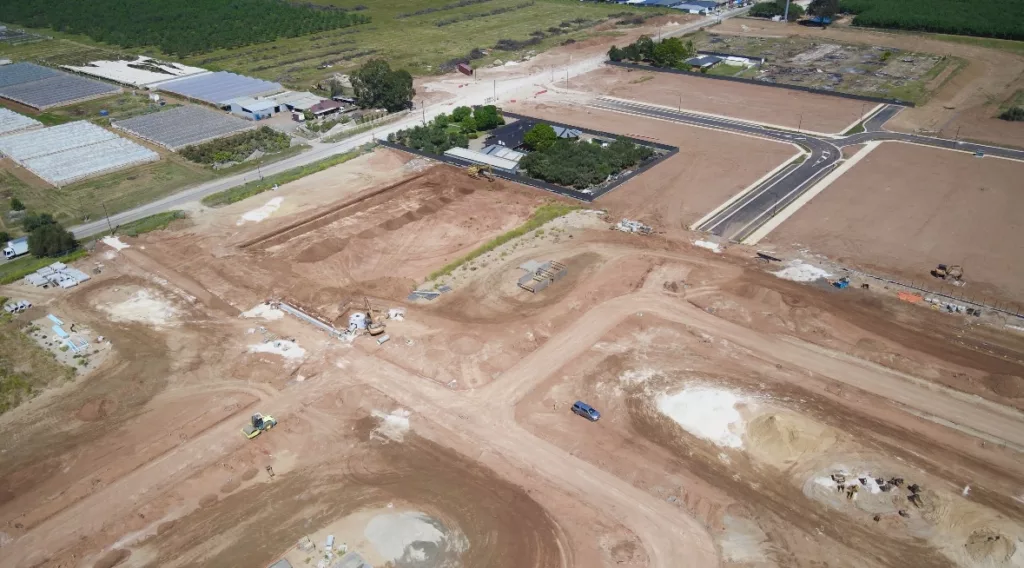
New infrastructure or upgrades to existing amenities can influence the desirability of a suburb and the increased workforce can drive demands, enhance business and even flow through to the property market.
2023 was a busy year for the Australian engineering and construction industry and 2024 was equally busy.
“There was cautious optimism surrounding 2024,” explained James Lawrence, Group Manager for Customer & Markets at Coates. “While residential construction is declining, nationally the market remains in an upward cycle driven by concurrent booms in road, railway and renewables construction.”
“If businesses can successfully navigate challenges and retain the talent to deliver on demand, the next decade will be a rewarding time to be working in this industry.”
Current trends and market conditions
Despite challenges, the overall position of Australia’s construction markets remains strong.
State-based demand
The value of construction work is a key indicator of the health of economies and, based on current forecasts, Queensland and WA are expected to outperform NSW and Victoria in coming years on a percentage growth factor.
“These states have relatively strong foundations for demand this decade, with growing populations, mineral and renewable resources, relatively low debt and major events like the 2032 Olympics in Brisbane stimulating further opportunities,” Lawrence said.
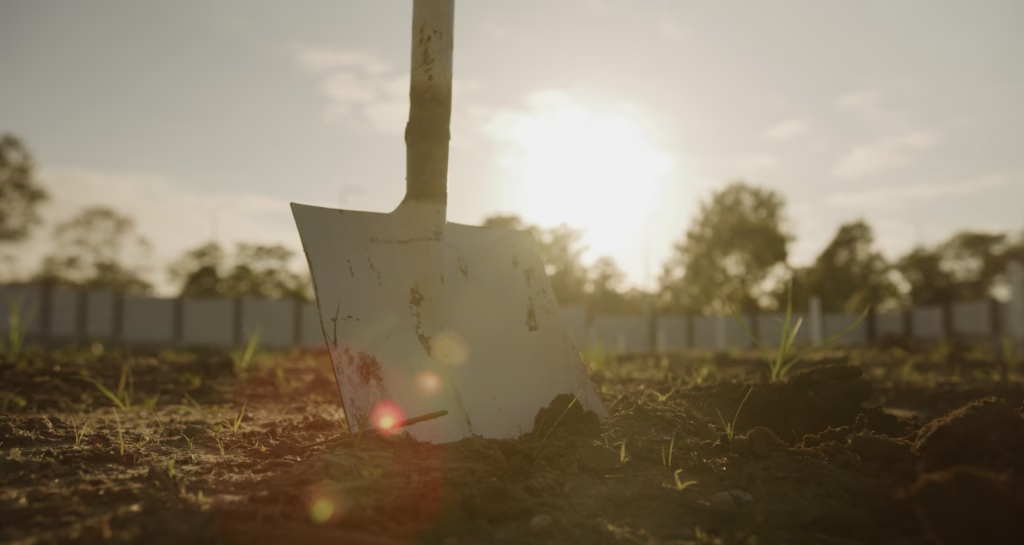
Growth sectors
Nationally, the construction of transportation, utilities, renewables, transmission, industrial, road and rail infrastructure projects will continue to drive significant activity in 2024, and provide longevity for engineering and construction businesses.
“We’re seeing considerable expansion into social institution infrastructure in areas like health and education, particularly in regional locations,” Lawrence said.
“We’re also starting to see the return of private investment, in large scale multi-dwelling projects, which will be essential for meeting the needs of Australia’s growing population.”
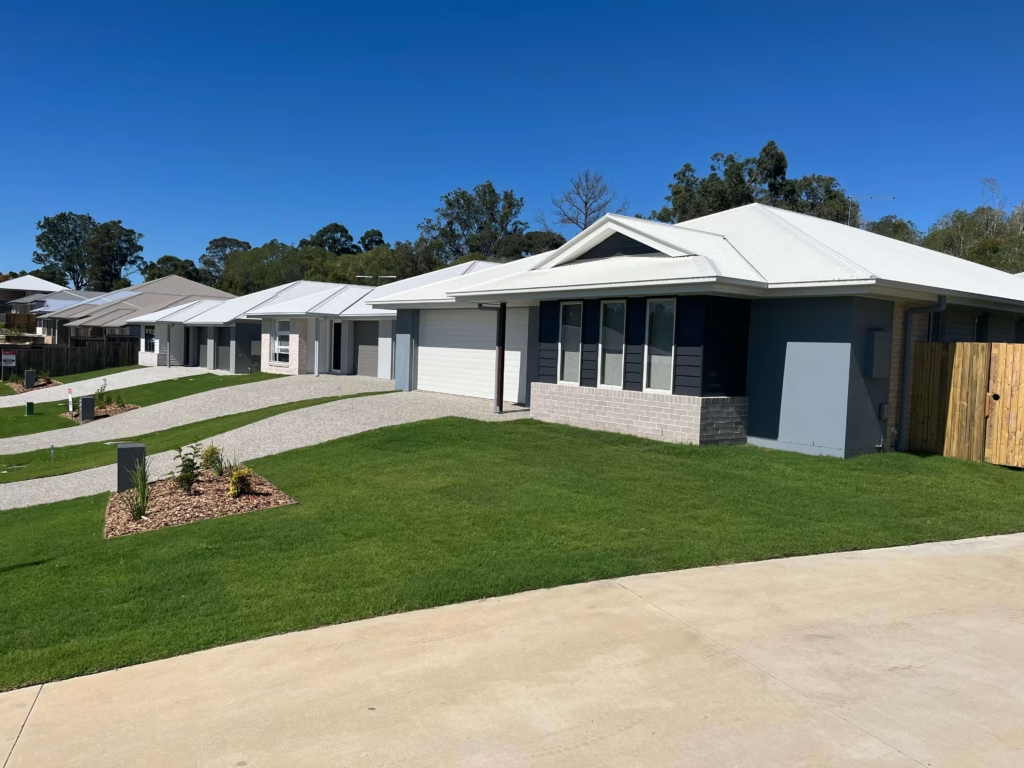
Renewable energy infrastructure will surge significantly in 2024, notably in the Eastern states. Industry research and forecasting company Macromonitor recently forecast spend on renewable energy infrastructure to rise 49 per cent to reach $5.2 billion in FY24, and grow to $12 billion in FY26.
The proposed Integrated System Plan (ISP) from AEMO2, Australia’s independent system and market operator, indicates there will be continued escalation in infrastructure for large-scale renewable generation, distribution and storage, and a contraction in traditional sources of power generation. The impact of this investment will be truly national as indicated on the ISP project roadmap.
Challenges
Market capacity, capability, cost and carbon reduction remain key focus areas for construction in 2024.
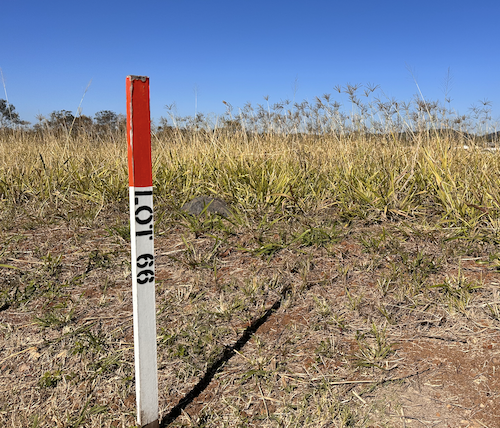
Capacity and capability
As the pipeline of construction work continues to exceed the availability of skilled and unskilled labour, workforce challenges will remain.
Cost inflation
A slight resettling of costs and the completion of the Federal government’s infrastructure review will bring more surety to the industry.
Carbon
Navigating changing environmental regulations and the need to deliver on carbon reduction targets and strategies is another factor that will shape construction activity and the cost of delivering construction projects in 2024 and beyond.
“Initiatives and legislation, such as the Sustainable Buildings SEPP3 in NSW, are shifting from reducing operating emissions to reducing embodied carbon – that is the carbon associated with construction materials, their transport to and from site, and the construction process itself,” Lawrence said.
“Construction businesses will increasingly need to consider embodied carbon in the early stages of the project life cycle.”
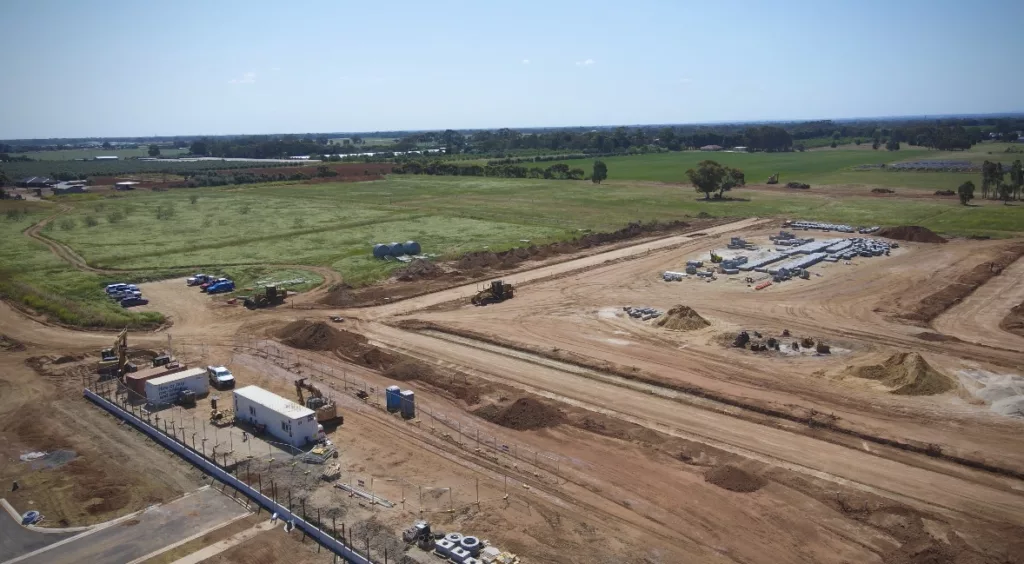
Opportunities
Across all sectors and geographies, there is potential for construction businesses to improve productivity and ease cost and capacity constraints.
Utilising technology
Technology has a role to play in easing labour pressures and offsetting rising construction costs. Homecorp is investing in further development of its Build Portal which allows stakeholders, owners and suppliers to track build progress online, anytie.
Embedding more sustainable practices
While the path to net-zero presents significant challenges for the industry, it also offers opportunities. Embedding circular economy principles – such as reusing materials, designing structures for disassembly and reducing waste – can yield significant benefits including increased efficiencies that can lead to cost savings and reductions in embodied carbon.
Homecorp offers home designs that achieve stringent 7 Green Star ratings to ensure we are not only building the best homes for today but also for the future.
Take a look at Homecorp House and Land opportunities or talk to the team about your needs today.
Property analysts CoreLogic found that every regional centre in Queensland – aside from the Sunshine Coast and Townsville – are now at their peak and continuing to rise.
In the south-east, homes in Brisbane’s south, inner city, along with Logan and Ipswich, are now at their highest-ever median price.
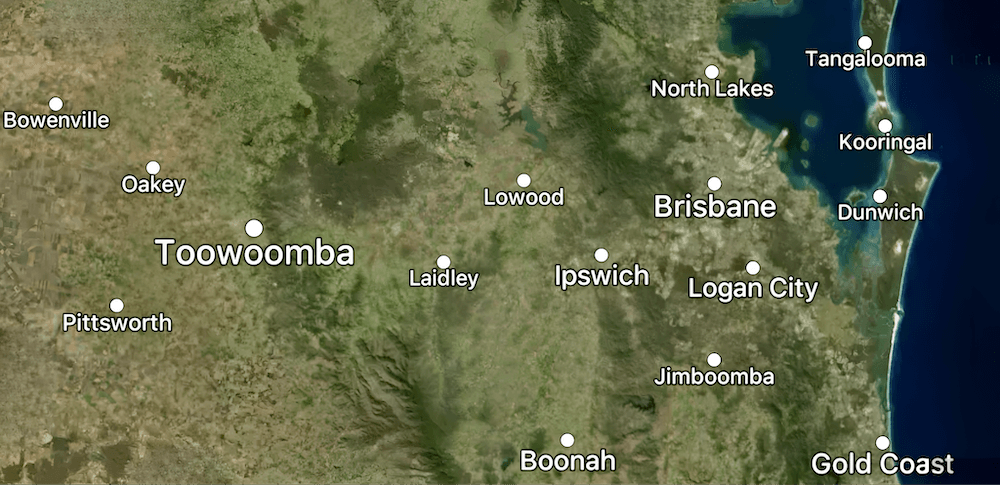
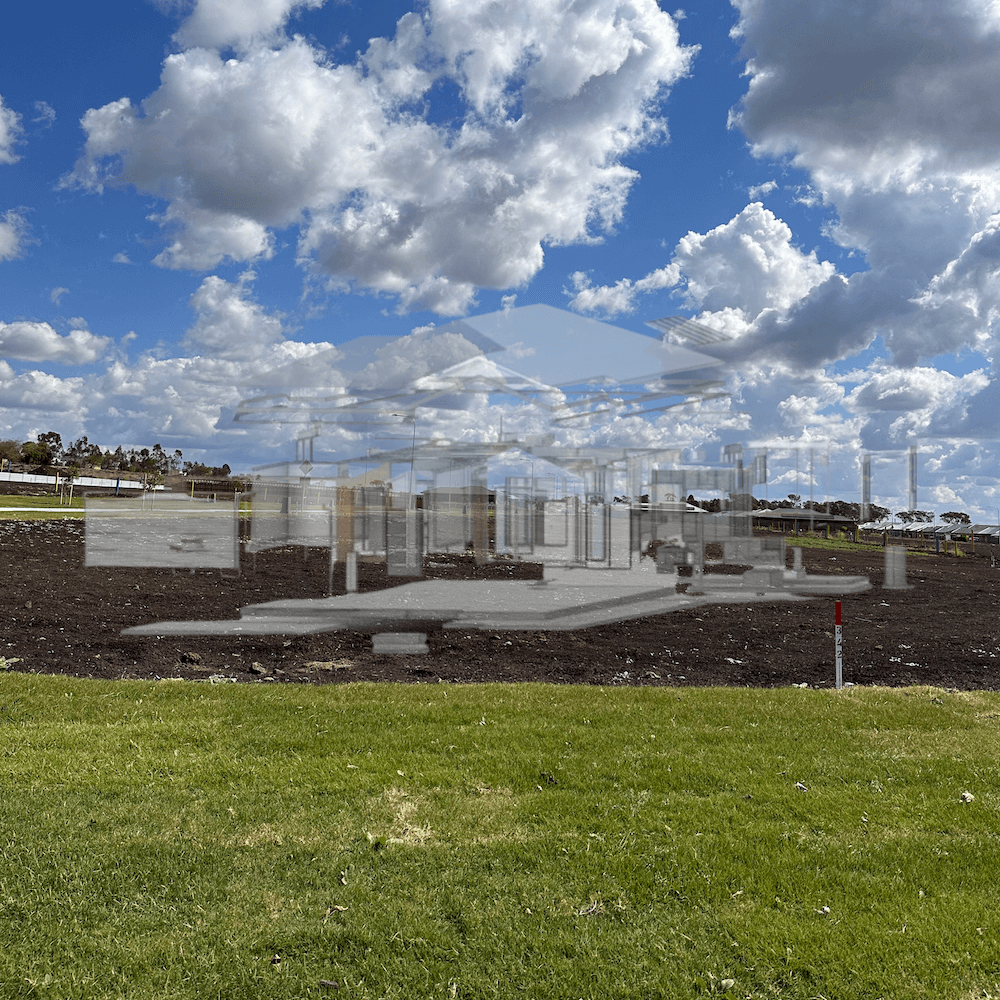
CoreLogic founder Tim Lawless said it is no surprise that homes in regional Queensland were rising fast.
He said they are still comparatively cheap and did not experience the same boom as the south-east.
“They didn’t see the same trends as south-east Queensland saw through the pandemic.
“Most of those markets are still showing immediate value well below $500,000.”
In contrast, the average price of a home on the Sunshine Coast now tops $965,000.
“That’s rivalling some of the more expensive markets in Sydney,” he said.
House and Land packages, like those at Essence Estate, open the door to Toowoomba’s hot property market
Mr Lawless said homes in South East Queensland’s lifestyle regions went up around 60 per cent through the COVID era. Many then saw dips in value once COVID restrictions eased but prices are rising across the board and demand is strong.
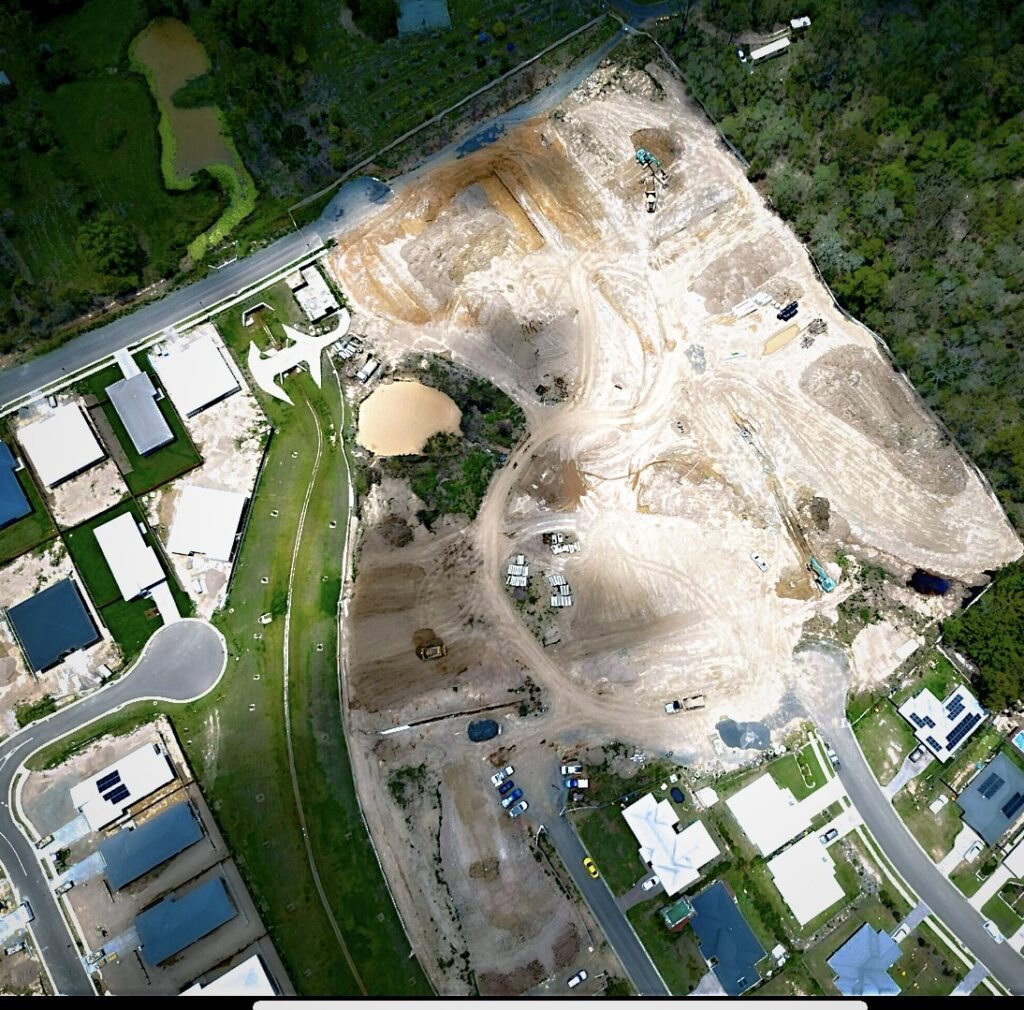
The Outlook in Gympie, Queensland, is readying the next stage of development to meet market demand
Lawless also noted with low vacancy rates, housing supply and more overseas immigration, “it’s hard to see prices going backwards over the near term”.
Looking ahead to the next 20 years, Logan City will continue to be one of the fastest growing cities in Queensland. The population is expected to increase by up to 200,000 within the next 20 years and Logan’s objective is to create at least 53,000 jobs to support this population growth.
Homecorp is developing House and Land estates in Logan Reserve, like The Verge and Prestwood Estate, to help meet demand.
Logan Reserve is a property hot spot offering easy family-friendly living with city conveniences close at hand:
30 minutes to Brisbane’s CBD
25 minutes to Ipswich
35 minutes to the Gold Coast
It’s one hot location, location, location!
Stage 5 at The Verge has just been released and it is the final house and land release in this thriving development.
With limited lots remaining, the time to invest is now! Talk to the team at Homecorp to find out more.
Australia needs rental properties. Our population is continuing to grow and the number of households renting is also increasing each year. The bulk of renters live in homes provided by private landlords. This creates plenty of opportunity to use property as a way of building your own wealth.
For many investors property is appealing – when you invest in a rental property you have an asset that you can see and feel.
It is very reassuring to be able to drive by or click on Google Maps and take a look at how your investment is going. Because we all understand how a rental property works, it can be easier to relate to investing in a home than in something less tangible such as shares.
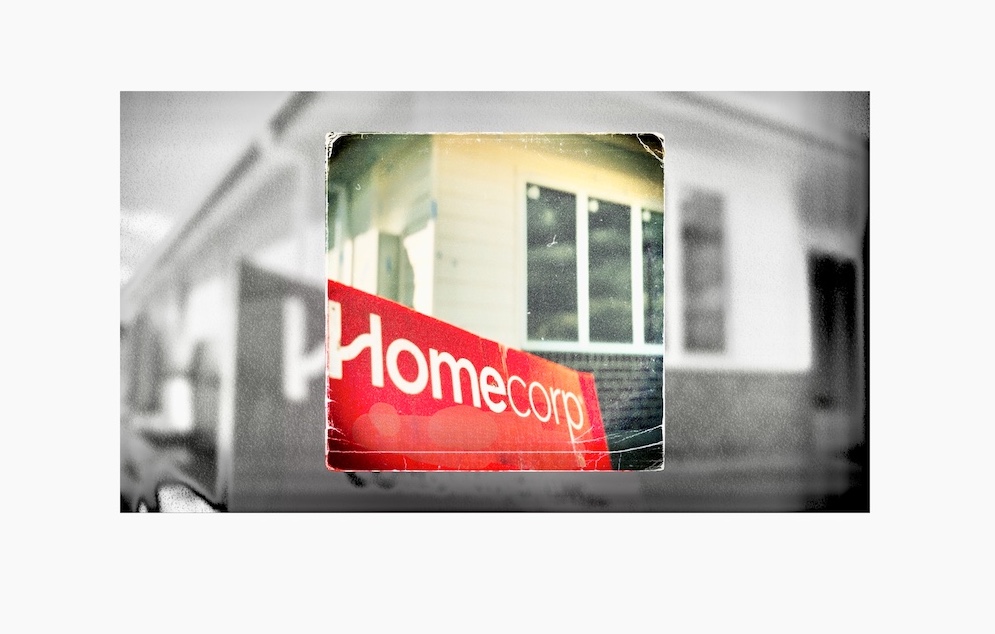
Property investment is also one of the few investment vehicles where you can use other people’s money to achieve your goals – so long as you meet the lending criteria, there are a range of banks happy to help you make a smart investment.
You know you want to be a property investor. But where do you want to invest?
Some people choose to buy investment properties in their own neighbourhoods because they know them well. They know which sorts of properties are popular, understand what tenants are looking for and know the things to watch out for when selecting a place to purchase. Buying an investment near your home can be helpful if you’re planning to manage the property yourself, too.
Other people look further afield, to other cities and states, particularly if they are investing in several properties.

Diversification gives potential investors a broader exposure to the market and there are often great opportunities in areas further from home or in areas you might not know so well.
Homecorp has house and land packages geared for property investing in South Australia, New South Wales and Queensland.
Full turn-key packages are designed to make building an investment property easier and low stress. At Homecorp, an expert team pair each piece of land with the ideal house plan and facade to maximise the potential of the lot.
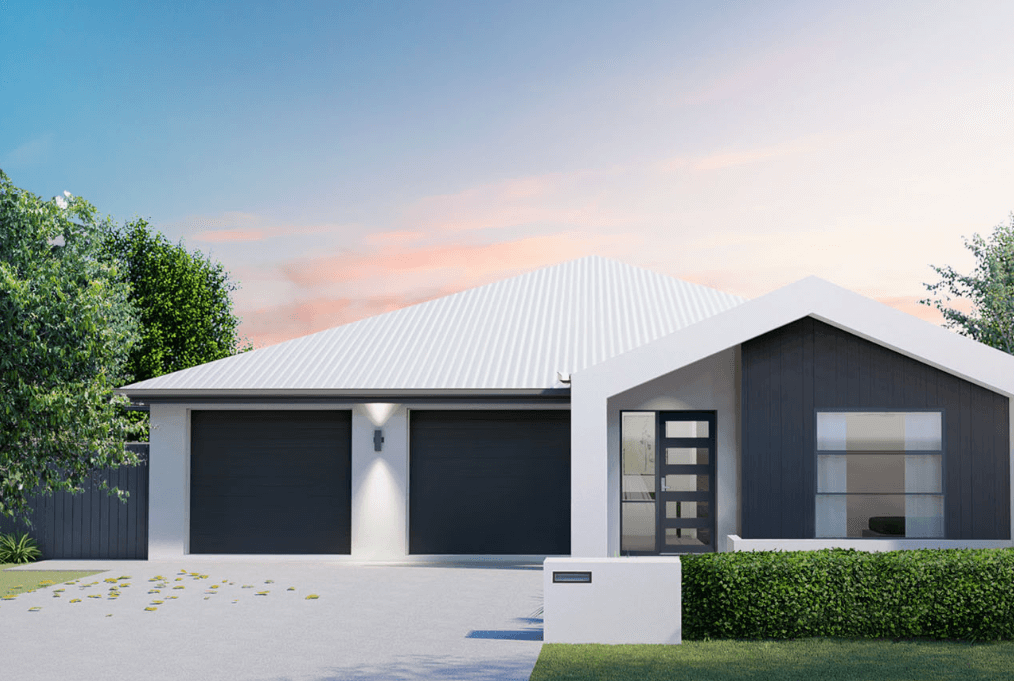
Every Homecorp estate is thoroughly researched against our selection criteria for investment potential. We consider factors like access to amenities like schools, transport and healthcare.
Homecorp began from a single plot of land in 2004 and have been building ever since. To find out more about the best current investment property opportunities across Australia, talk to the team at Homecorp.
Toowoomba is enjoying strong population growth which is driving property demand. Hot property house and land opportunities in the area include Essence Estate by Homecorp. With Toowoomba having some of the fastest selling property in regional Australia, Essence is proving to be a regional winner for property investors.
CoreLogic’s Regional Market Report shows Queensland’s market is flourishing stoked by southern-state buyers chasing sun, space and affordability.
With around 123,000 residents, Toowoomba is the second most-populated inland city, behind Canberra, and is known for its architecture and rich streetscapes, which includes the art deco picture palace, the Empire Theatre, and a grand city hall.
Toowoomba Hot Property: House and Land opportunities include Essence Estate by Homecorp